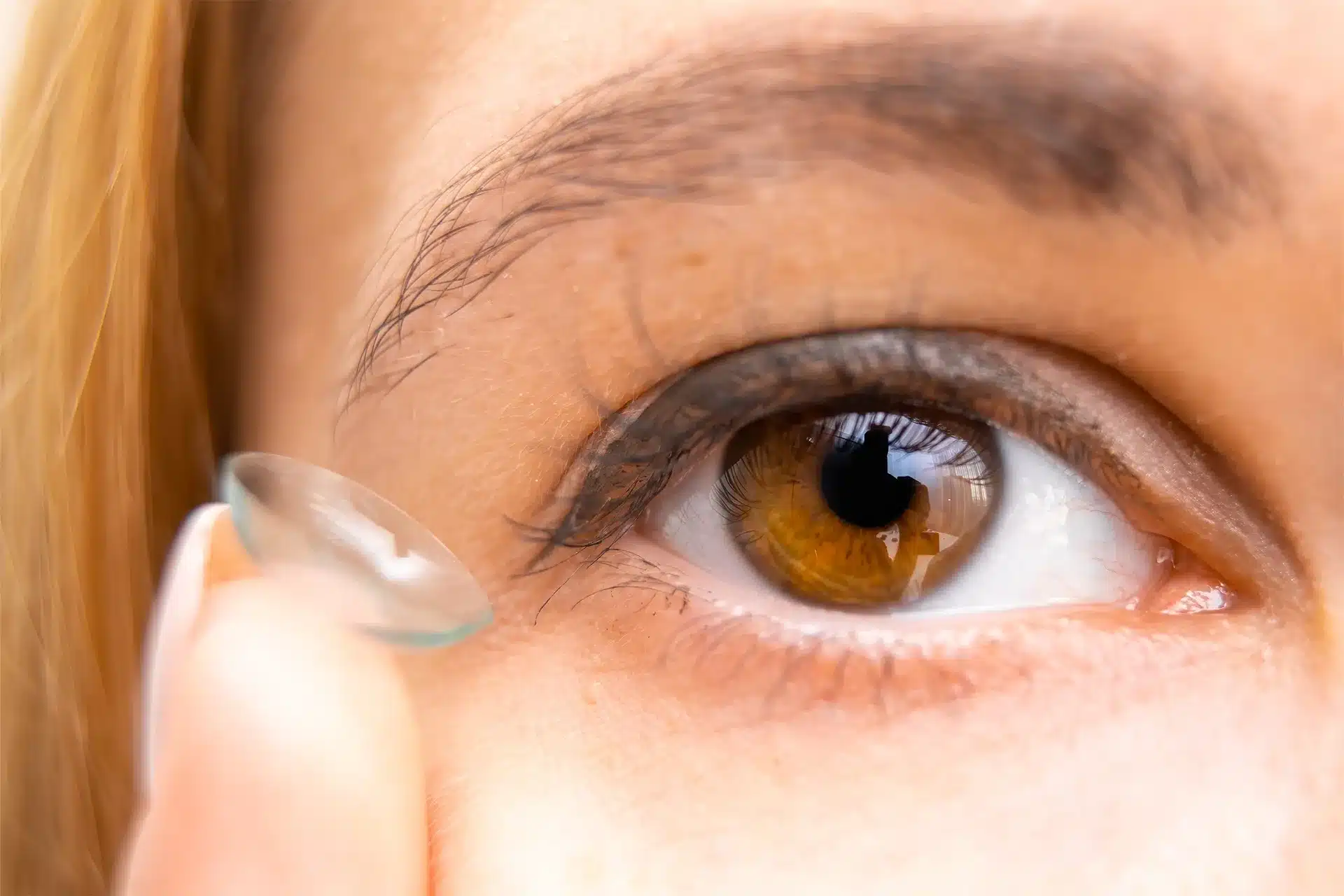If you’re someone with refractive errors or cataracts , who’s looking into getting an intraocular lens (IOL), but aren’t sure how these miniature marvels work, you’re in the right place. We’re going to dive into what these lenses are, how they work to get you crisp, clear vision, and give you an overview of different types. Are you ready to see the world through a whole new lens?
Peering Into What An Intraocular Lens Is
An intraocular lens (IOL) is a small, clear, artificial lens that is used to replace the natural lens of the eye. They are primarily used with individuals who have cataracts and need cataract surgery to replace their cloudy or damaged natural lens. However, an intraocular lens can also be used to correct refractive errors like nearsightedness and farsightedness, by allowing light to be focused onto the retina.
Clear Vision At Any Distance: How An Intraocular Lens Improves Near and Distant Vision
There are various types of IOLs available, each which address a different vision need and work in a different manner. If you’d like an in-depth guide to the types of lenses available, you can check out our Lens Options Guide for Cataract Surgery . Below, we’ll briefly cover the different types, and provide you with some examples.
1. Monofocal Intraocular Lens: these are the most common type of lens used in cataract surgery. They provide clear vision at a single focal point, usually for a set distance.
2. Multifocal Intraocular Lens: unlike monofocal lenses, multifocal IOLs like the Tecnis & Synergy , offer clear vision at multiple distances. These lenses have different zones with varying focusing powers, allowing individuals to see clearly at both near and far distances. Multifocal IOLs can significantly reduce the need for glasses or contact lenses after cataract surgery.
3. Trifocals Intraocular Lens: this type of lens is designed to provide patients with clear vision at three different distances: near, intermediate, and far. Trifocal IOLs, like the PanOptix , have additional focal points compared to traditional monofocal or multifocal IOLs, which typically provide clear vision at only two distances. This allows for enhanced visual acuity and reduces the need for glasses or contact lenses after surgery.
4. Extended Depth of Focus: these are similar to multifocal lenses but provide an extended range of clear vision. EDOF lenses like the Symfony , Eyhance , and Vivity , enhance both near and far vision by utilizing a single corrective zone that covers a broader range of distances. With EDOF IOLs, individuals can experience reduced effort in refocusing between different distances.
5. Accommodative Intraocular Lens: these have the unique ability to move or change shape inside the eye, mimicking the natural focusing ability of the eye’s lens. This flexibility allows individuals to adjust their focus seamlessly between near and far distances, reducing their dependency on glasses or contact lenses. An example of this kind of IOL is the Crystalens; read our full guide on it here .
6. Toric Intraocular Lens: these are designed to specifically correct astigmatism , a refractive error caused by an uneven curvature of the cornea or lens. These lenses have different powers in different meridians, ensuring that light is properly focused on the retina, resulting in clearer vision.
7. Light Adjustable Intraocular Lens: this is a special IOL type that is designed to provide clear vision at a specific distance, and can be adjusted after cataract surgery to find the perfect prescription. The lens contains photosensitive material that reacts to ultraviolet light. After the lens is implanted, the ophthalmologist uses a specific wavelength of light to adjust the lens power, enhancing the patient’s vision. This adjustment process can be repeated until the desired visual outcome is achieved. Read our full guide on how LAL works.
Summary
When it comes to cloudy cataract vision, or refractive errors that prevent you from seeing near or far, intraocular lens options are a game-changer when it comes to vision correction. For more information on your options, visit our full lens guide here , or check out the individual guides on each lens above.











